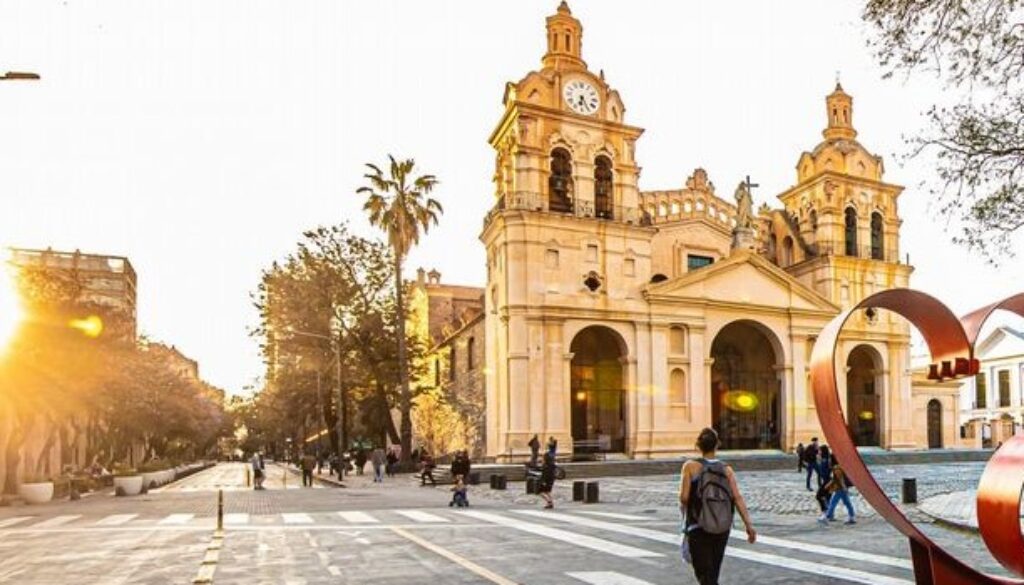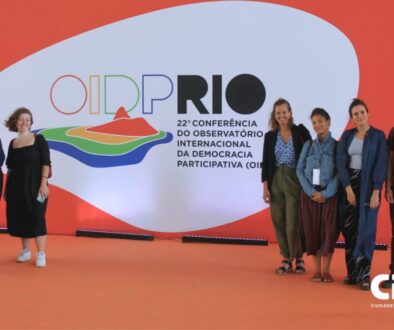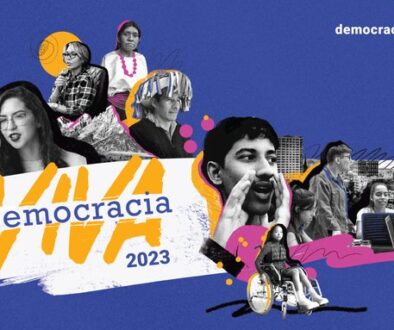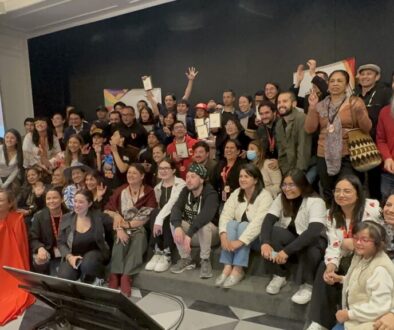What is not measured does not exist: analyzing city goal plans
Getting your Trinity Audio player ready... |
Goal Plans are a fundamental instrument towards an open government policy, more open to citizens and transparent. These strategic planning plans, which establish clear and measurable objectives, allow for direct engagement between government authorities and citizens. With a number of small differences, goal plans are a roadmap for a government’s management on what it wants to achieve.
An outstanding case that has obtained positive results is that of the City of Cordoba, an experience that has become a benchmark for citizen participation and optimization of public resources.
On June 2, 2011, through a municipal ordinance, the City of Córdoba, together with the Red Ciudadana Nuestra Córdoba (Our Córdoba Citizen Network), sanctioned the obligation of mayors to present the Government Goals Plan at the beginning of a new administration and to report on the progress of the same. The ordinance establishes that the Mayor, within one hundred and twenty (120) calendar days of his inauguration, must present the goals he intends to achieve with his management program, and establishes which will be the strategic actions for each area of the Municipal Public Administration and must set the objectives and indicators that make it possible to monitor the evolution of the same. In addition, the Mayor must report before the tenth (10th) of March of each year of his term of office on the progress of the goals set.
In turn, the City has an open data portal to present annually the progress of government goals so that each and every citizen of the City can be aware of the actions of municipal management.
The Goals Plan of the City of Córdoba for the period 2020 – 2023 is an example of comprehensive and participatory planning. With 5 strategic axes, 36 objectives and 418 goals, the plan covers crucial areas for the sustainable development of the city, such as public works and services, public administration, health, social action, environment, culture, education, tourism, neighborhood participation and economic development.
Through periodic measurements in December 2020 and December 2021, the established goals have been closely monitored, showing progress towards the objectives set. To date, 60% of the goals have been achieved, 38% are in progress, and only 2% have not yet been achieved.
The success of this experience has demonstrated how Goal Plans can optimize resource allocation and ensure that government policies are aligned with the real needs of the population.
However, the example of Cordoba is one of many. The commitment to accountability and goal achievement is evident in other cities. One example is the city of Godoy Cruz in the province of Mendoza (Argentina). As in Córdoba, the city has a municipal ordinance that requires the mayor to present a clear plan of goals and report on its fulfillment. While in the City of Mendoza, it already has an ordinance to present the Goals Plan but has yet to put it into practice.
In addition, the Autonomous City of Buenos Aires (CABA) has also developed Goal Plans although it is not yet institutionalized in a law. In the City they call it “Commitments” and have 115 commitments established to date, 83 of which have already been fulfilled.
In conclusion, Goal Plans are a valuable tool for strengthening democracy, citizen participation and government efficiency. The successful experience of the City of Cordoba, along with other cases of commitment and transparency in other cities, are examples of the path towards a more responsible management that is closer to the needs of citizens. Accountability and the fulfillment of goals are key elements for the construction of a society that is more informed and committed to citizenship.
By Trinidad Reynoso Castillo, CILA Sr. Analyst.




